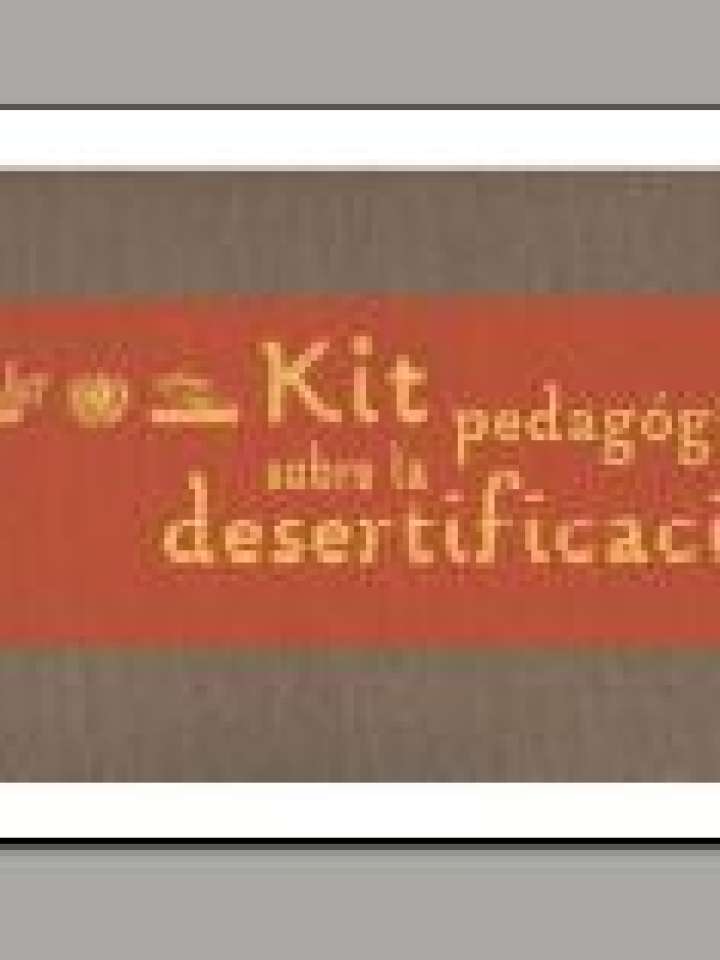UNESCO desertification kit
To combat desertification is to preserve the natural heritage of the world's dry-lands and contribute to the eradication of poverty. These educational tools aim to stimulate the younger generation, so that the development of today's world does not harm the generations of tomorrow. Following on the success of a pilot phase, UNESCO launched an educational kit on desertification in collaboration with the Secretariat of the United Nations Convention to Combat Desertification (UNCCD). The kit was initially distributed in three languages (English, French, and Spanish) among selected primary schools in countries affected by desertification and principally through the UNESCO Associated Schools Project (ASPnet) network and the UNCCD Secretariat. Its second reprint will include language versions in Arabic, Chinese and Russian, though they are not yet available. teachers can easily incorporate elements of the kit into their lessons. The documents comprise: a teacher's guide, a series of case studies, a cartoon and a poster:- The teacher's guide, "Learn to combat desertification", comprises 20 units introducing the various aspects of the desertification phenomenon in a didactic manner. Part one explains the causes and consequences on climate and the geographical, biological and socio-economical effects of desertification. The second part introduces the United Nations Convention to Combat Desertification and provides ideas and activities to solve the problem of desertification. - A series of case studies: "Combating desertification bears fruit" cites concrete projects implemented in twelve countries that have ratified the Convention to Combat Desertification (Algeria, Chile, China, Ecuador, Gambia, India, Italy, Kenya, Niger, Peru, Spain, and Uzbekistan).- The cartoon "The school where the magic tree grows" was inspired by the case study submitted by an NGO in Chile based on the work of pupils to create a nursery in their primary school. The cartoon extends the case study and sees the young Chileans travelling to Europe and Africa, meeting local populations suffering the effects of desertification, and exchanging their own experiences with them.- The 120 cm x 80 cm poster is intended to be displayed in the classroom where it will be constantly visible by all. It is made up of a world map presenting the various dry-lands of the globe, illustrated with representative photographs. Simple practical activities to combat desertification are exposed using expressive pictograms. (UNESCO)
Explore further
